Champagne, France, is world famous for its distinctive sparkling wine, which can only be produced in the region—we’re looking at you California “Champagne.” Since the beverage that’s synonymous with celebration was invented by monks more than 300 years ago, it has survived revolutions, wars, and pandemics. It was in Reims, the capital of Champagne, that the Second World War ended on May 7, 1945, resulting in the biggest celebration the globe had ever seen. Winston Churchill (who deemed Champagne a wartime necessity) once motivated his troops by saying, “Remember gentlemen, it’s not just France we are fighting for, it’s Champagne!”
We’ll always have Champagne
Today, all Champagne hillsides, houses, and cellars (once doubling as bomb shelters and hospitals) are UNESCO World Heritage Sites, attracting wine lovers from across the globe. But what makes Champagne so special, and how should you best explore the wine region when travel opens up? We take you one step closer to becoming an expert in all things Champagne so you can bring your knowledge (and the right bottle) to any dinner party, nourishing your soul.
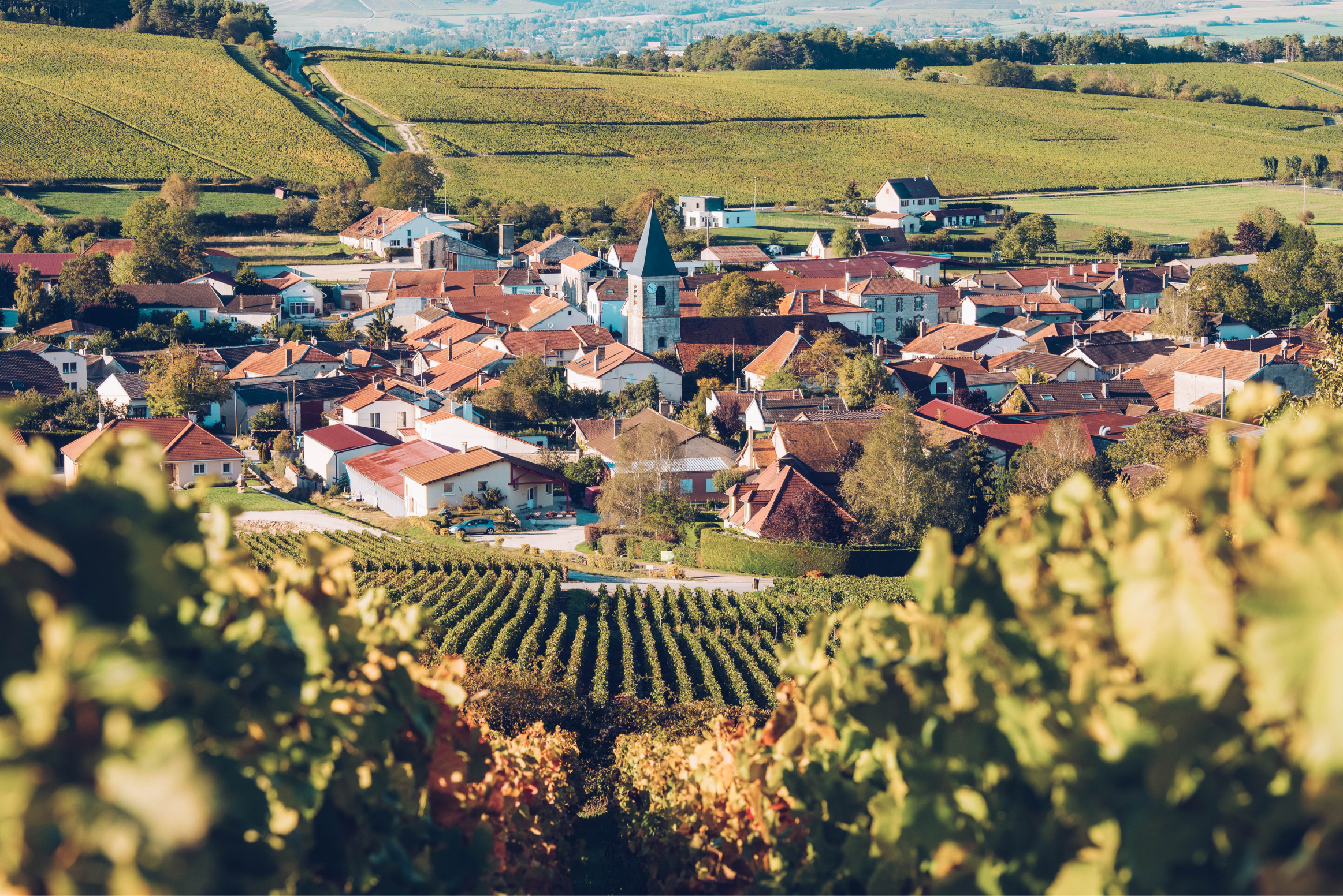
The Champagne train
Getting to Champagne is easier than you might think, either get a rental car or take the 45-minute train from Paris to Reims or continue on to Épernay, for an excellent starting point.
From vine to wine
So, what sets Champagne apart from other sparkling wines such as Cava, Prosecco and Crémant? For starters, Champagne usually has smaller bubbles in higher quantities. Most importantly, however, the grapes must be grown, harvested, and produced in the Champagne region, resulting in unique characteristics that can only be found in the area’s particular climate and soil (what wine aficionados call terroir.) The grapes must be pressed and fermented in oak or steel barrels. Then, a second fermentation takes place and the wine gets bottled and placed in cellars. After a minimum aging process of 15 months, it can be released. By then, the carbon dioxide gas has created soft bubbles resulting in Champagne’s unique fine, fizzy mouthfeel.
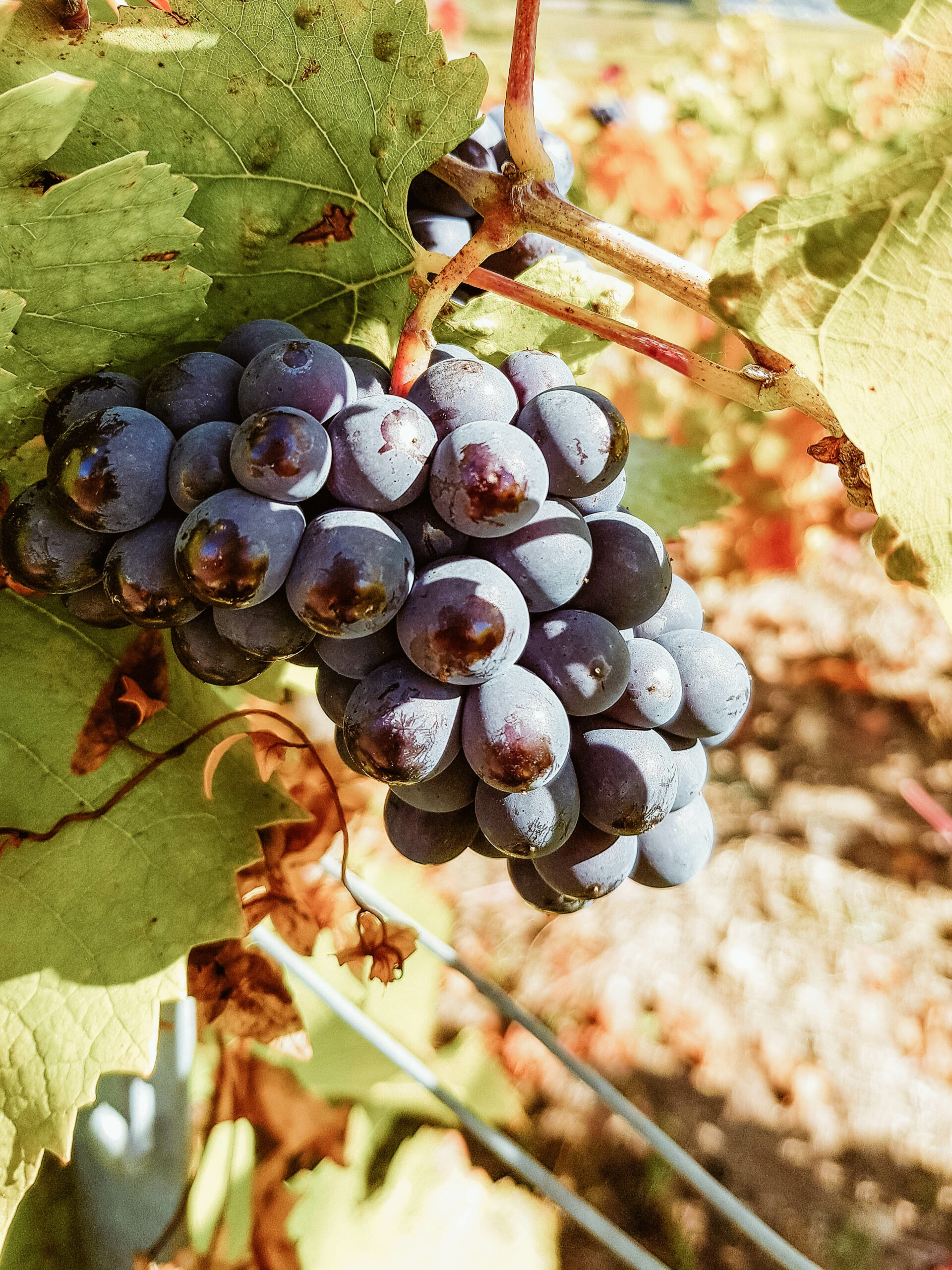

Bubbly through the ages
The Champagne region has produced wine since the early days of Christianity, although not always in its current sparkling form. From 898, France’s royal coronations took place in Reims, and Champagne became eternally linked to the crown and celebration. In the twelfth century, the wine became world renowned. Champagne, as we know it today, is made using the méthode traditionnelle (adding a second fermentation in the bottle) and was first invented by the monk Dom Pérignon in 1668. The rest is, as they say, sparkling history.
An expert in effervescence
Because Champagne is divided into five main zones, you can’t cover them all in a weekend away so stick with one or two. For example, Montagne de Reims is all about Pinot Noir and boasts the majority of Cru villages (superior vineyards). Another popular region is Vallée de la Marne, which specializes in the red grape Pinot Meunier, which is usually blended with other grapes while Côte des Blancs is famous for its Chardonnay-only bubbly. If you prefer to go off the beaten path, head to Côte de Sézanne, which is mainly planted with Chardonnay, or stay in Troyes for surprisingly affordable Champagne and discover Aube’s non-vintage bubbly.
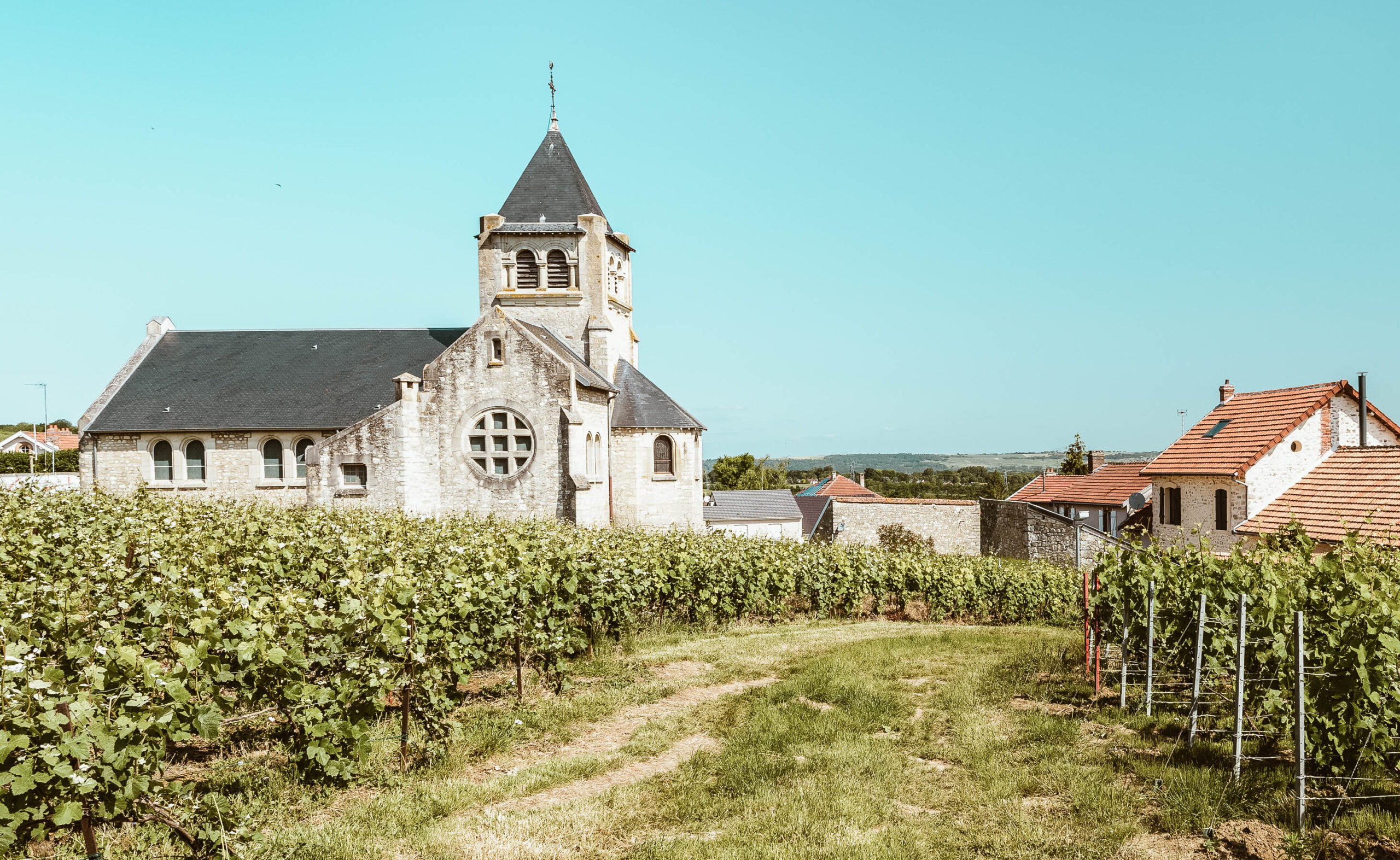
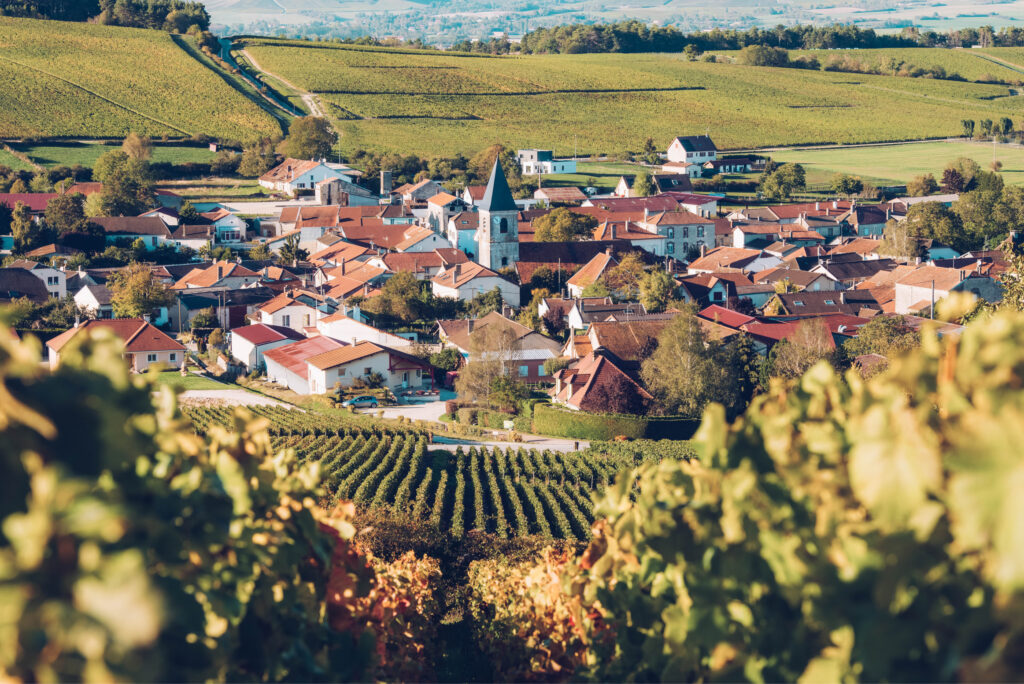
Grape expectations
Many visitors head to big maisons such as Moët & Chandon and Dom Perignon for tastings and tours. While the wine is divine, we recommend visiting smaller, independent wine houses to meet winemakers who own and harvest their own grapes. Some smaller wineries, such as La Villa Champagne Ployez-Jacquemart, also offer lodging. This family-run vineyard in Montagne de Reims lets you taste Champagne in their grand, white villa or wooded garden during summer. You can also stay in the highly rated Les Avises run by the Selosse family, who are known for their biodynamic winery.
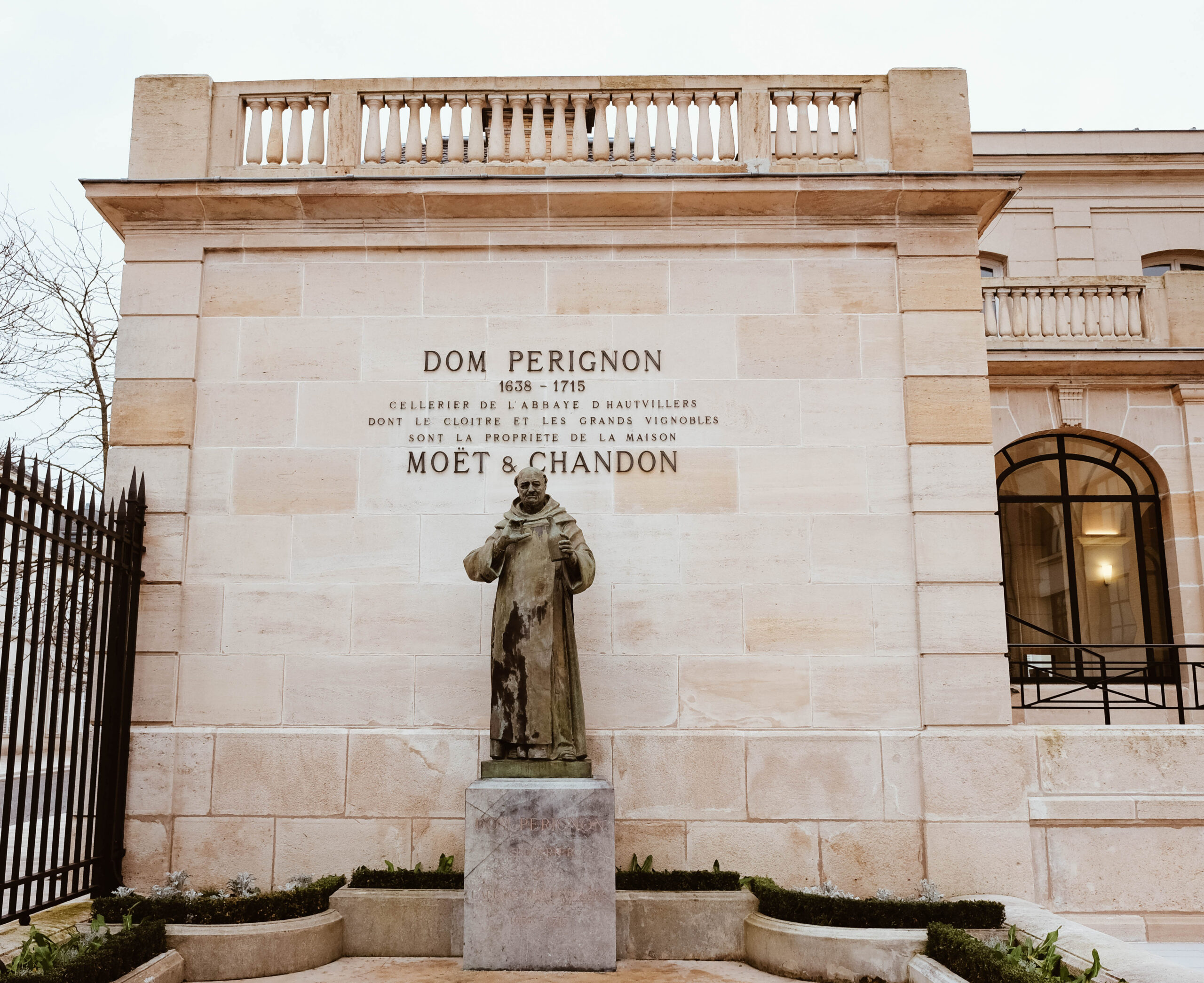

Pop some corks
COVID-19 has made it more important than ever to book guided tours and tastings in advance as many wineries now receive guests by appointment only. You could, for example, go on a guided tour of the Vollereaux cellars in the Marne Valley to learn about their process and enjoy Champagne tastings paired with artisanal chocolate. Or train your nose and palate at Le Clos Corbier’s Champagne masterclass with lunch in Aÿ. This area also boasts the prestigious family-run, Henri Goutorbe where all Champagne goes through a rigorous tasting panel and is stored in cellars for at least three years before the bottles are disgorged.
Wine and dine
Until it’s safe to travel again, get a taste of Champagne from the comfort of your home. Let’s call it research for your trip. Omio has several Champagne aficionados on staff so we’ve compiled our favorite bubblies, from blanc de blancs (Champagnes made from only white varietals) to a rosé and Grand Cru. Once you pop, you can’t stop!
Nicolas Feuillatte Réserve Exclusive Brut
A good Champagne doesn’t have to break the bank. This under-$40 bottle, which pairs well with lobster or chicken, is filled with white fruit, sweet citrus and toasted nut notes.
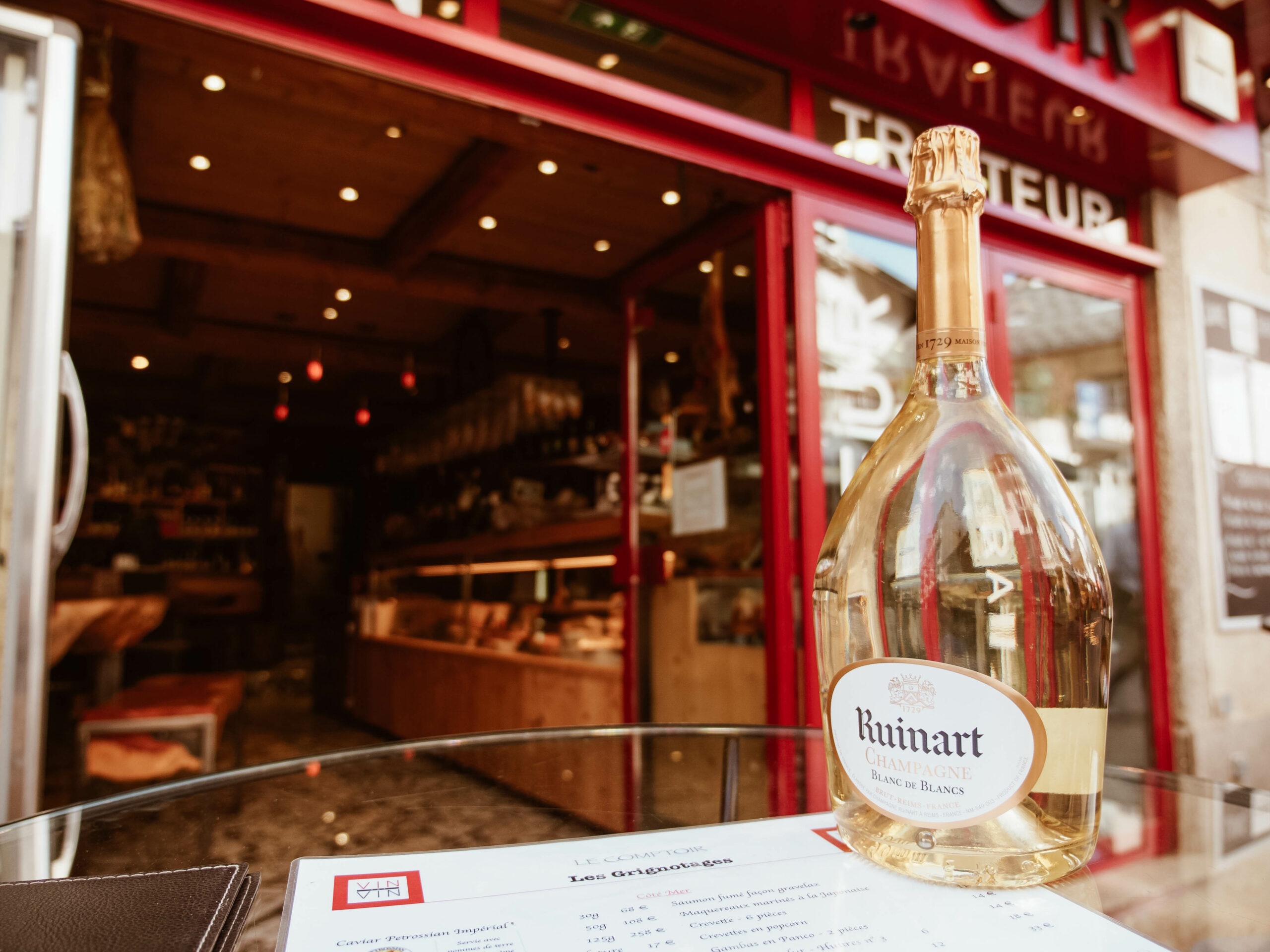
Eric Rodez Rose Champagne Grand Cru
This lively rosé bubbly from the Cru village of Ambonnay will set you back about $60. The deep pink Pinot Noir and Chardonnay blend with round notes pairs well with red fruit desserts or as an accompaniment to sushi.
Ruinart Brut Blanc de Blancs
This Champagne boasts a harmonious, lush blend of Premier Cru Chardonnay from the best recent vintages. It costs around $80, and is great for those celebratory moments Champagne is known for.
